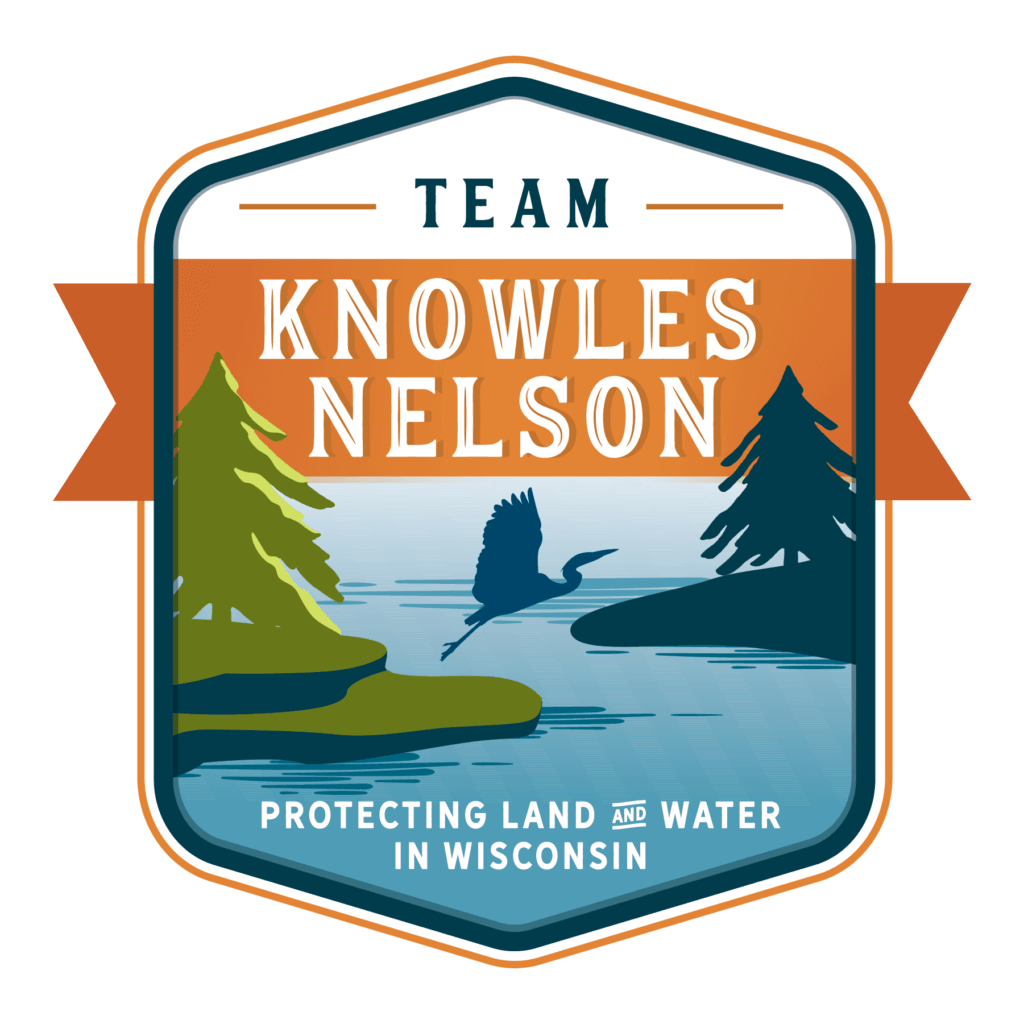
Since 1990, Wisconsin has invested about $1.3 billion in the Knowles-Nelson Stewardship Program. That’s a big investment, and we should always think carefully about how to make the best use of tax payer dollars. So we asked, what has been the return on that investment? How does Knowles-Nelson spending compare to other state programs? Follow along as we compare Wisconsin’s commitment to land and water conservation—our natural infrastructure—with more traditional infrastructure spending on transportation.
We have a strong, bipartisan tradition of environmental conservation here in Wisconsin. To date, the Knowles-Nelson Stewardship Program has helped to fund the purchase of 650,000 acres of land. Every year, those lands return $2 billion to us via flood control, air and water filtration, carbon sequestration, recreation opportunities, and more. Even if you never visit a Knowles-Nelson property, it works for you by helping to keep the air and water clean, moderating the climate, and preserving biodiversity.
Each Wisconsin resident pays only $19.75 per year for all these benefits. And yes, that includes all the interest payments on the bonds that finance our investment in public lands. Public land acquisitions and improvements, like those made through the Knowles-Nelson Stewardship program, are long-term investments in public infrastructure. Healthy forests support the timber industry and host tens of thousands of miles of trails. Wetlands protect our homes from floodwaters and filter pollutants from our drinking water. Grasslands store carbon deep in the soil, absorbing the carbon emitted by burning far too many fossil fuels. And neighborhood parks in our cities and towns give us places to play, exercise, and relax, all of which lower our healthcare costs and make us happier. Without thriving, intact ecosystems, Wisconsin cannot flourish.
How do we put our commitment to clean air and water in context with other necessary infrastructure investments? We can start by comparing what we spend on protecting our natural infrastructure with what we spend on built infrastructure, like roads and highways.
Over 30 years, Wisconsin has invested $1.3 billion in the Knowles-Nelson Stewardship Program. That’s less than we spend on the state trunk highway system in one. In fact, Wisconsin recently spent $1.2 billion rebuilding a single highway interchange: the Zoo interchange in western Milwaukee County where I-94 and I-43 meet. To be clear, this is an important investment. It’s the busiest interchange in Wisconsin and a significant chunk of the state’s commerce passes through here. But it also demonstrates what an incredible value land conservation is.
In addition to the upfront costs of building the interchange, infrastructure like highway interchanges have enormous ongoing maintenance costs. Lanes have to be painted, signs replaced, surfaces repaved, and eventually the highway must be expanded to accommodate increased traffic. Over its 50-year lifespan, the zoo interchange will likely cost taxpayers more than $2 billion. And then it must be rebuilt and the process starts again.
Conserved lands are an entirely different story. Over the next 50 years, lands protected by the Stewardship Program will return more than $100 billion in natural benefits, what scientists call ecosystem services. And these are in addition to benefits that are more easily measured, like the $44 million annual timber sales from county forests. Compared to other infrastructure, ongoing costs are low. Over the next 50 years, the state will spend only $3.2 billion to preserve the existing Stewardship Program investment in public lands. This means that over a 50-year time horizon, for every $1 invested in public lands, state residents receive more than $30 in the benefits of nature’s work.
Conserving nature is a bargain that pays enormous dividends. Our investment in nature through the Knowles-Nelson Stewardship Program will pay for itself 30 times over every fifty years.
Download the research paper on infrastructure to look at our data, see our analysis, and delve into the complexities of infrastructure investments
knowlesnelson.org is supported and maintained by Gathering Waters, Inc., a nonprofit, tax-exempt charitable organization (tax identification number 39-1805090) under Section 501(c)(3) of the Internal Revenue Code.
CC BY NC Except where otherwise noted, content on this site is licensed under a Creative Commons Attribution-NonCommercial 4.0 International License. Attribution: Gathering Waters
